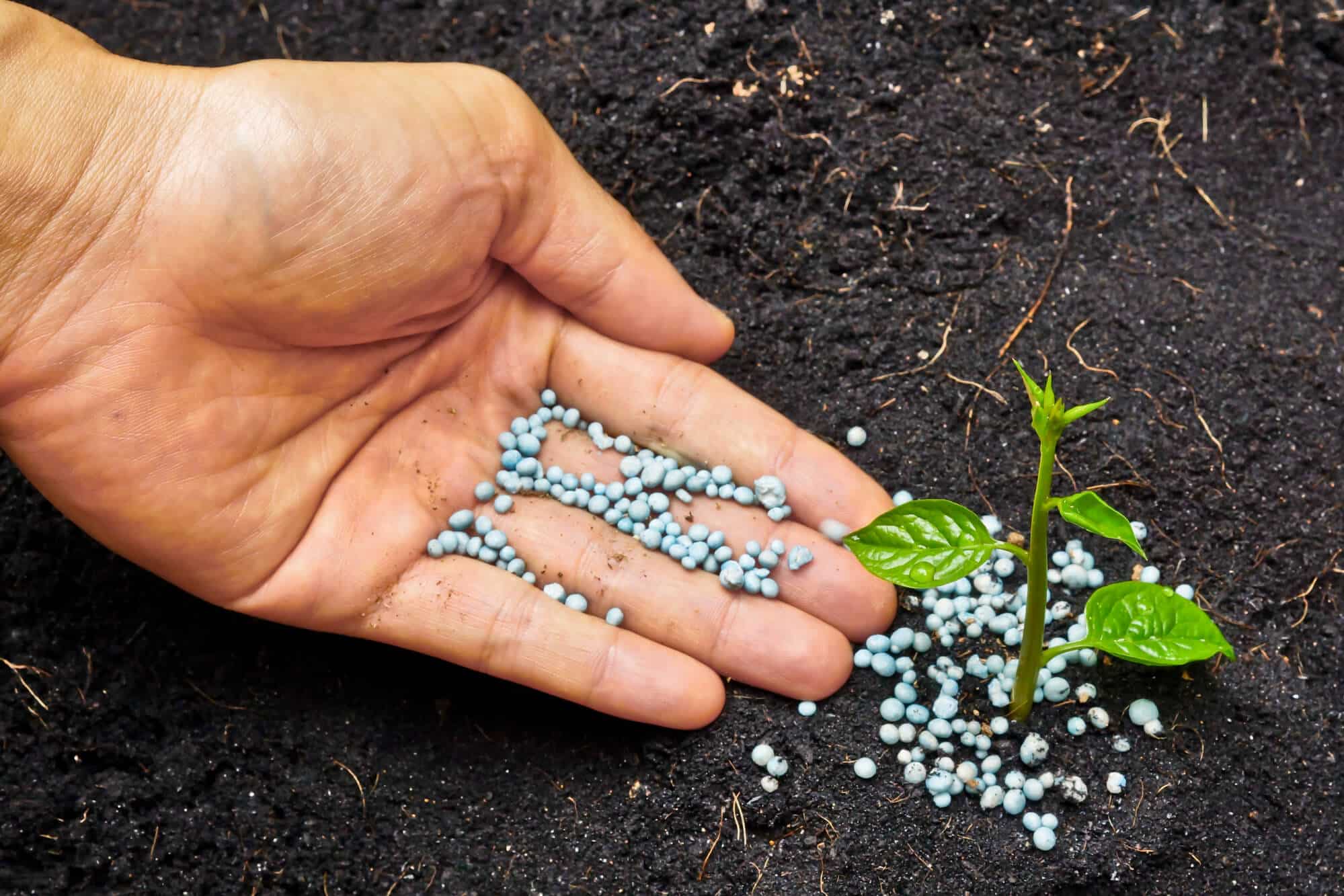As part of the global effort to moderate greenhouse gas emissions, it is appropriate that attention be drawn to "laughing gas" (N2O). It's not so funny because it's a basic component of the fertilizer industry. The solution - precise agriculture that will provide each plant with the food it needs and not the scattering of huge amounts indiscriminately

Today it is already known that carbon dioxide is a greenhouse gas and its emission into the atmosphere causes global warming, but in addition to carbon dioxide there are other greenhouse gases whose contribution to global warming is almost never considered. One of them is the gas dinitrogen oxygen (N2O) also known as "laughing gas".
It turns out that The food industry is a source of greenhouse gases and agriculture contributes between 15% and 28% to global warming When a significant part of the greenhouse gas emissions in agriculture is not of carbon dioxide but of nitrogen dioxide (N2O), a gas that is not treated properly by the various factors in the systems. The dinitrogen oxygen molecules Causes about 300 times more warming than a carbon dioxide molecule,
וIt has a lifespan of more than a hundred years. In addition, the gas causes damage to the ozone layer.
Hence the effect of laughing gas on the climate is not funny at all. Scientists estimate that nitrous oxide has a "contribution" of about 6% of all greenhouse gas emissions, and about a third of that comes from agriculture.
Despite his contribution to climate change, he has been ignored until today, and the gas continues to accumulate. In 2020 a survey was conducted in which it was found that in the last four decades Gas emissions increased by 30% And so she passed all the assessments.
One of the main reasons for the increase in emissions is the increasing use of nitrogen-based chemical fertilizers. Today, scientists are looking for ways to improve agricultural methods in a way that moderates the use of nitrogen fertilizers. (The simplest method is by returning to the use of organic fertilizers such as animal manure, nitrogen-fixing bacteria and even compost. A.R.)
Following the agricultural revolution that relied on chemical fertilizers developed and produced in the "Haber-Bosch" process, the nitrogen cycle in the soil was damaged. Until the use of nitrogen and ammonia fertilizers, the plants consumed the ammonia created in the soil by bacteria or manure. This process was damaged when the use of chemical fertilizers began. The balance between the various elements in the soil was disturbed and an excess of nitrogen was created which increased the amounts of crops and allowed for more food production.
But it turns out that this excess of nitrogen and ammonia has a heavy price. TAnd the production of ammonia requires energy of about one percent of the total energy supply in the world, and its creation causes the emission of One and a half percent of all carbon dioxide emissions. In addition, the use of fertilizers causes the emission of dinitrogen oxygen.
The tendency of farmers to fertilize in larger quantities than the plants are able to consume. (Excess amounts of fertilizers in the soil are washed into streams and rivers and cause algal blooms and damage to living systems in water. A.R.)
After all this, it seems that the solution (at least partially) is clear: the fertilization should be moderated to the level needed by the plant. It is correct and proper to use manure and compost, and to add chemicals only when necessary. Instead, modern agriculture transfers the fertilizers in the irrigation systems indiscriminately.
Today there is technology that makes it possible to measure the nutrient needs of the crops and add chemicals only if necessary. Using existing technologies and reducing the spread of chemicals will preserve the benefits of the agricultural revolution and moderate the emissions and damages of laughing gas.
More of the topic in Hayadan:
- Nitrogen saturation
- Irrigation and fertilization as a solution for more efficient crops
- The government decided to move Israel to a low-carbon economy by 2050
- Summary of the sixth IPCC climate report for decision makers. document
- The mystery of the mysterious gamma radiation in the "empty sky" has been solved
